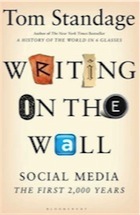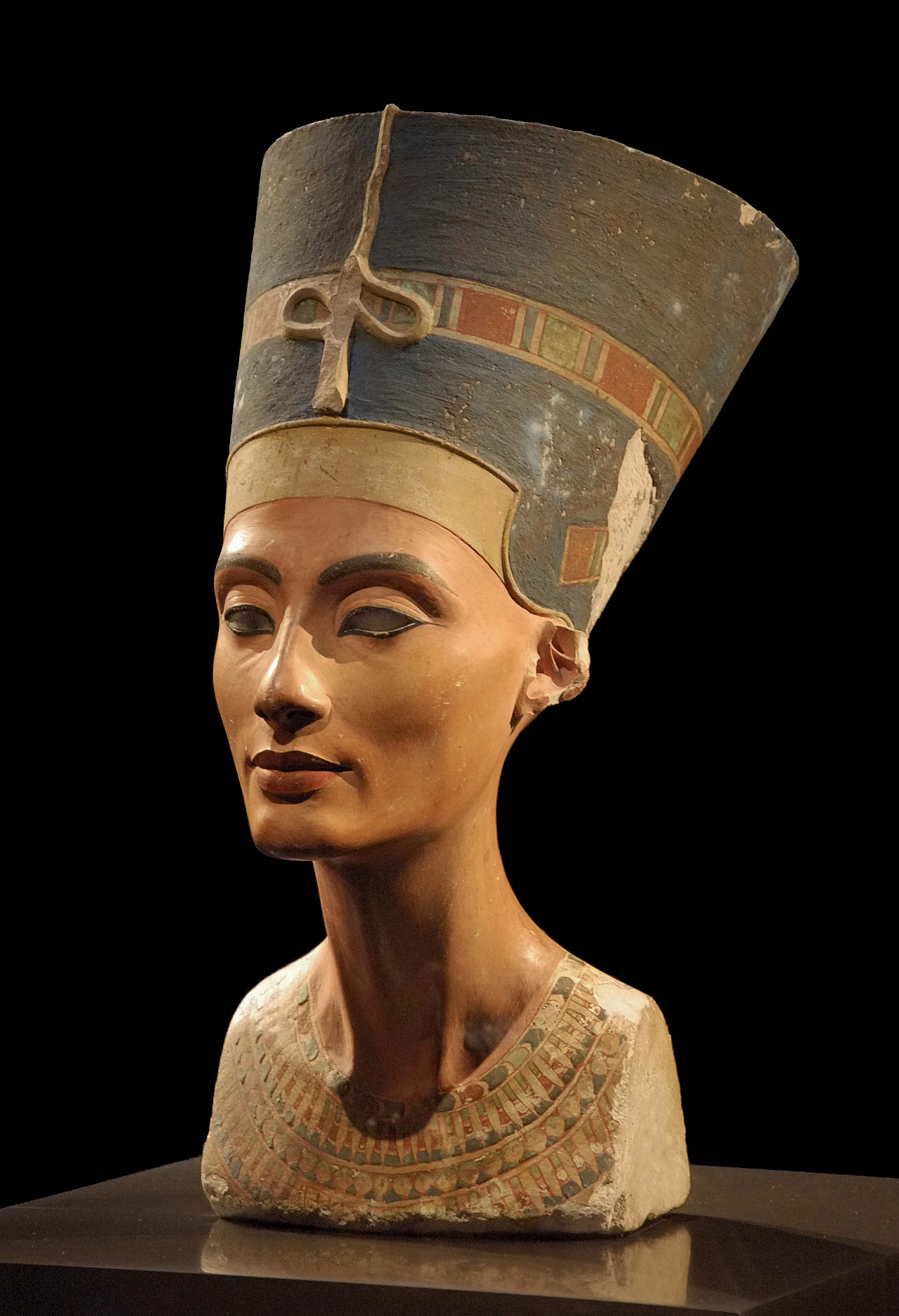Social media is so old even the Romans had it.
 As individuals of the generation that use Facebook, Twitter, Tumblr, and any
sort of blog, we should look back to those who paved the way for us to
communicate with social media. The original "wall posts" were not
those written on Facebook, but the Romans and even the Ancient Egyptians
were writing on "walls" before it was "cool." In the
following article by the Daily Beast, parallels
between the modern writer and the ancient one are brought to light with respect
to writing on walls and social media. The article promotes Tom Standage’s
new book, Writing on the Wall: Social Media: The
First 2000 Years, which delves into the 2,000 year evolution of social
media and "walls."
As individuals of the generation that use Facebook, Twitter, Tumblr, and any
sort of blog, we should look back to those who paved the way for us to
communicate with social media. The original "wall posts" were not
those written on Facebook, but the Romans and even the Ancient Egyptians
were writing on "walls" before it was "cool." In the
following article by the Daily Beast, parallels
between the modern writer and the ancient one are brought to light with respect
to writing on walls and social media. The article promotes Tom Standage’s
new book, Writing on the Wall: Social Media: The
First 2000 Years, which delves into the 2,000 year evolution of social
media and "walls." Pollen study points to drought as culprit in Bronze Age mystery.
"Experts have long pondered the cause of the crisis that led to the collapse of civilization in the Late Bronze Age, and now believe that by studying grains of fossilized pollen they have uncovered the cause." Read the entire article here from the New York Times.
4,000-year-old tomb of doctor discovered.
The news has been abuzz recently with of all the ancient Egyptian tombs that have been uncovered. The latest find is that of one of the "greatest doctors from the time of the pyramid builders." The tomb that was discovered belongs to Shepseskaf-Ankh, confirmed Tuesday, October 22nd, 2013 via HuffingtonPost. Shepseskaf-Ankh's final resting place appears to be a family plot which includes a courtyard and eight burial chambers for the doctor's relatives. Read on here to discover more details of the find.

Tomb of Thutmose, who created famed bust of Nefertiti?
This famous artifact, which has become world famous since its debut in 1924, weighs a surprising 44lbs and is life-size. The bust was discovered in 1912 by Borchardt in a "studio room" that had 22 plaster casts of faces. While there has been much focus on who the bust depicts, Queen Nefertiti, recent findings suggest that this spotlight may shift from the pulchritude of this queen to the adroitness of the artist: Thutmose. Zivie, in the following article, makes his case about the discovery of Thutmose's tomb (in 1996) and the court sculptor's skill in constructing and painting his own tomb. Continue reading the entire work here from the Harvard Gazette.
1,000 years of Chinese art brought to you by the
"In a secret cave on
Oops! Etruscan warrior prince really a warrior princess?
The original tomb and body discovered were thought to be of an Etruscan warrior-prince holding a spear and his "wife. " However, the latest reports suggest that an examination of the bones of said "warrior" were actually those of a woman: a warrior princess. This general assumption of "spear equals man" is gender bias, and the article by LiveScience tackles this topic in depth.
How did ancient Greek music sound?
Ancient Greek music has been an enigma to scholars for centuries, and it is difficult to imagine that music accompanied everything the Greeks did from epic orations to plays to festivals to even everyday life. A new revelation about this archaic music has arisen from ancient documents. These documents are transcribed with vocal notation, musical intervals, and other clues to the Greek's music. Dr. David Creese of

No comments:
Post a Comment